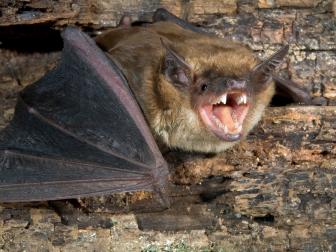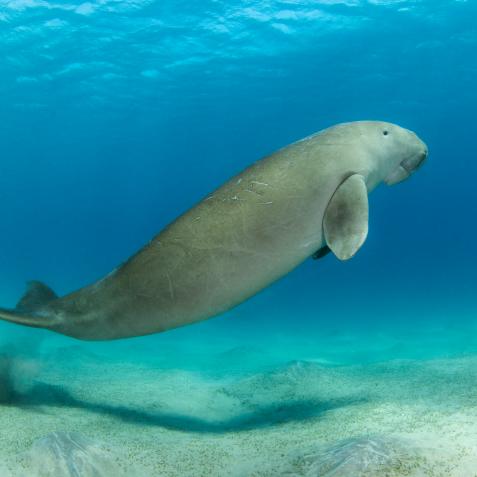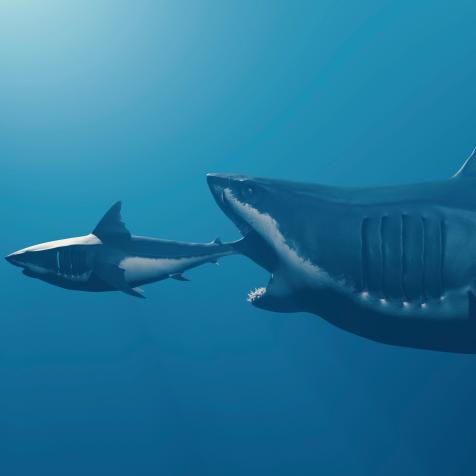Bigger, Badder, Fatter: Fat Bear Week 2019 is Here
It's time for the bears to pack on the salmon and prepare for winter hibernation, but first they must compete in a battle of the fattest: Fat Bear Week.
Bear 747

Bear 435 Holly

Move aside pumpkin spice, a new annual autumn activity has taken center stage: voting on the fattest bear in Alaska.
Fat Bear Week officially kicked off Wednesday, October 2nd, courtesy of Katmai National Park and explore.org in Alaska. For a full week, some of the largest bears of the Brooks River competed against one another for the title of 2019 Fattest Bear. Ultimately, the crown went to 435 Holly, who will forever hold the 2019 Fat Bear Week title.
Meet the 2019 Fat Bear Week Winner!
Completely unaware of their celebrity status, the bears will continue to do exactly what they already do in nature: chomp on salmon and store up fat to prepare for their winter hibernation. It’s during this hibernation period, which can last for up to half a year, that these bears lose up to one-third of their body mass. In order to prepare for their massive slumber, they enter a state of being in which they feel the need to eat nearly non-stop, also known as hyperphagia.
According to Katmai National Park, last year’s winner, bear 409 Beadnose, declined to compete, which gave 435 Holly some leverage. Closely competing with her was bear 747, “whose name and heft conjure up images of jumbo jets,” KNP reports. One other female, bear 128 Grazer, also beefed her way up to the top. Rumors have floated that both 435 Holly and 128 Grazer could potentially still bring a new litter of cubs into their dens this winter.
Five Undercover Hibernators 5 Photos
Bears aren't the only ones who pack on the pounds for a long winter's sleep. See what other animals also are all about the hibernation life.
The results of this March-Madness style event are based on viewers voting to decide which bear is the chunkiest chunk of the park on the Katmai National Park and Preserve’s Facebook page. The bear whose photo received the most likes advanced to the next round. Ultimately, 435 Holly took There is a beary big chance you’ll be hearing more about #FatBearWeek in the days to come.













































































